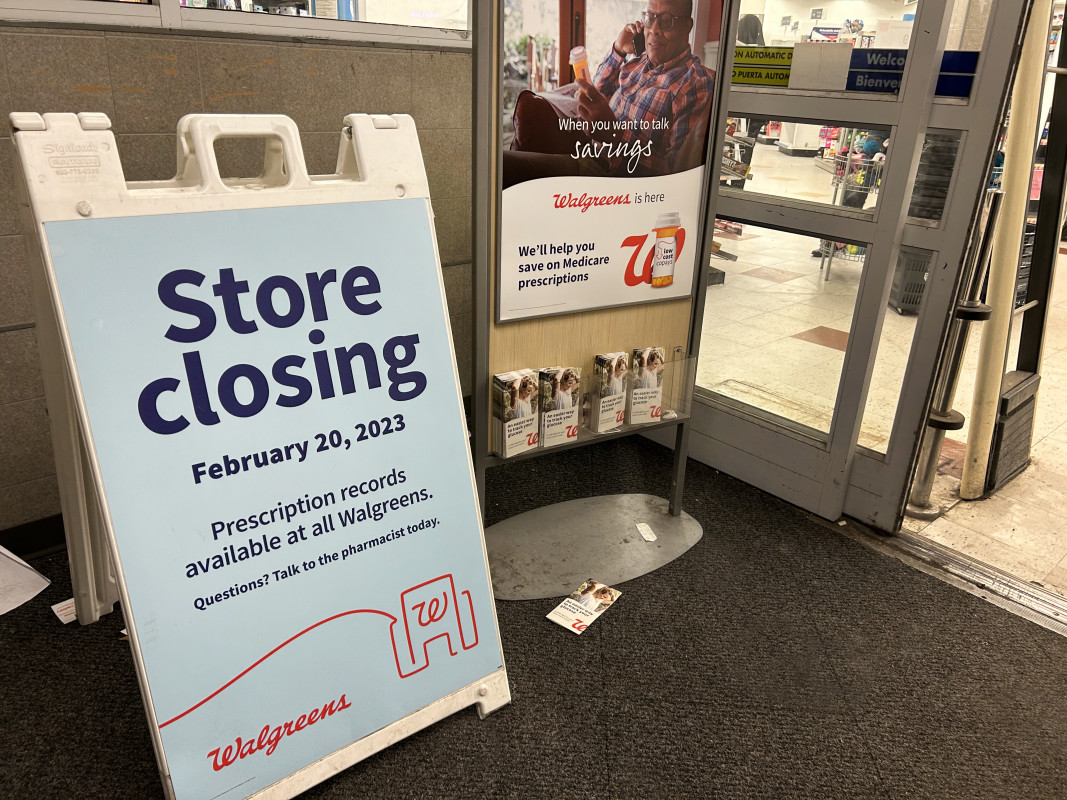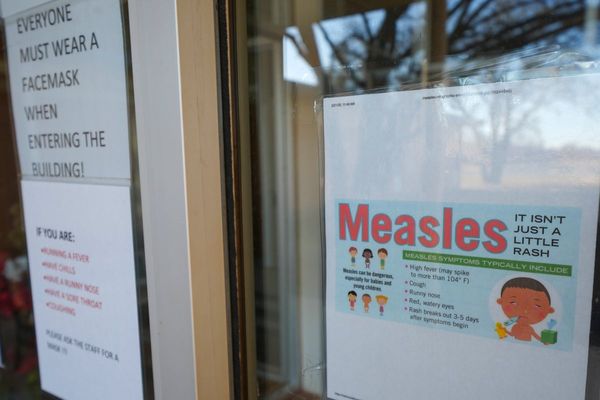
Tim Wentworth knows just how important the company he leads is to many neighborhoods in this country.
"The fact of the matter is we know that we are the last company standing in a lot of places," the chief executive of Walgreens Boots Alliance (WBA) said on June 27. "We are the only thing standing between those places and being pharmacy deserts, and our goal is not simply to be the last one to leave."
Related: Walgreens CEO plans drastic step, shares crash
Wentworth, who was speaking to analysts during the pharmacy chain operator's fiscal-third-quarter earnings call, warned that “changes are imminent” for about 25% of the company’s stores, which he said were underperforming.
The goal, he said, "is to actually find new ways to work together, whether it's with state Medicaid programs, whether it's with local law enforcement, and so forth, for them to do their jobs so that we can do our jobs and continue to provide care in those communities."
The Deerfield, Ill., company currently runs more than 8,600 stores in the U.S.
Wentworth said the plan could include closing a “significant portion” of those roughly 2,100 underperforming stores if they don’t improve.

CEO: current pharmacy model 'not sustainable'
The Chicago Tribune spoke about the store closures in a July 2 editorial.
“This is potentially terrible news for Chicago, and not just because Walgreens is the region’s largest locally based public corporation,” the newspaper said. “Chicago has by far the most Walgreen stores of any city in the nation, with 111 of them. Houston is next on the list with 98.
Related: Analysts overhaul Nike stock price targets after earnings
"More importantly for Chicago, Walgreens is one of the only major retail outlets left in a large number of low-income neighborhoods that have watched other retail chains flee."
"If Walgreens were to exit those communities, the blow would be tremendous," the editorial said.
The company has already closed 2,000 locations over the past 10 years.
Wentworth, who joined Walgreens in October, said the company continued “to face a difficult operating environment, including persistent pressures on the U.S. consumer and the impact of recent marketplace dynamics which have eroded pharmacy margins.”
Walgreens, which was removed from the Dow Jones Industrial Average earlier this year, said it would likely trim its holding in stand-alone health-care provider Village MD and focus instead on its core retail pharmacy business, which it said is "central to the future of health care."
"We are at a point where the current pharmacy model is not sustainable, and the challenges in our operating environment require we approach the market differently," Wentworth said.
The company reported adjusted third-quarter earnings of 63 cents a share, down 37% from the year-earlier quarter and short of FactSet’s consensus analyst forecast for 68 cents a share.
Revenue totaled $36.4 billion, up 2.6% from the year-earlier period and topping Wall Street’s call for $35.94 billion.
Walgreens also said full-year profit would likely come in between $2.80 to $2.95 a share, a 40-cent reduction from its March forecast.
"It is going to take time," Wentworth told analysts. "We're not going to give you guidance, but it's quarters, not months."
"It's not necessarily multiple years, but it is probably a period of time that we will have to demonstrate to you, and frankly, to our consumer that we are going to deserve their preference," he added.
In May, Walgreens lowered prices on more than 1,300 name brand and store-branded products, following similar moves by Target (TGT) and Walmart (WMT) .
Analyst cites concern about 'long-term viability'
Several analysts adjusted their stock price targets after Walgreens released its quarterly results.
On July 3 UBS analyst Kevin Caliendo lowered the firm's price target on Walgreens to $12 from $17 while maintaining a neutral rating on the shares.
The third-quarter results underscored that pharmacy and front-end gross margin pressures remain constant for Walgreens, and there's little visibility into when core pharmacy fundamentals will stabilize, Caliendo said.
More Retail Stocks:
- Whole Foods makes major change customers will notice right away
- Bankruptcy Watch: Popular retailer stops taking orders, website down
- Walmart rival launches an Amazon perk that should scare competition
The analyst said that he had enough concern about the long-term viability of the business that he considers near-term adjusted earnings and adjusted Ebitda less relevant.
UBS says Walgreens' valuation multiples explain the current price but do not suggest whether the stock is cheap or expensive versus historical ranges.
One day earlier, RBC Capital lowered the firm's price target on Walgreens to $13 from $22 and kept a sector-perform (effectively neutral) rating on the shares.
The investment firm cited the company's weaker-than-expected Q3 results, along with management's cut to guidance, while reducing the firm's fiscal 2025 earnings-per-share view to $2.10 from $3.20. RBC cited the continuation of retail and pharmacy headwinds into next year.
The headwinds include the softer-than-expected consumer backdrop as well as unfavorable pharmacy mix and reimbursement trends, RBC said.
The firm added that while it was encouraging to see strategic efforts take shape early in the review process, Walgreens management still sees an extended runway to a turnaround.
JP Morgan lowered the firm's price target on Walgreens to $20 from $30 and kept an overweight rating on the shares.
The firm said that it was adjusting estimates following the earnings to reflect "the persistent headwinds identified by management" continuing into fiscal 2025.
While the near-term results have been challenging, JP Morgan said, it continues to view the new management team as "credible and executing the necessary steps to manage through industry-level headwinds," leading to the overweight rating.
Related: Veteran fund manager picks favorite stocks for 2024







